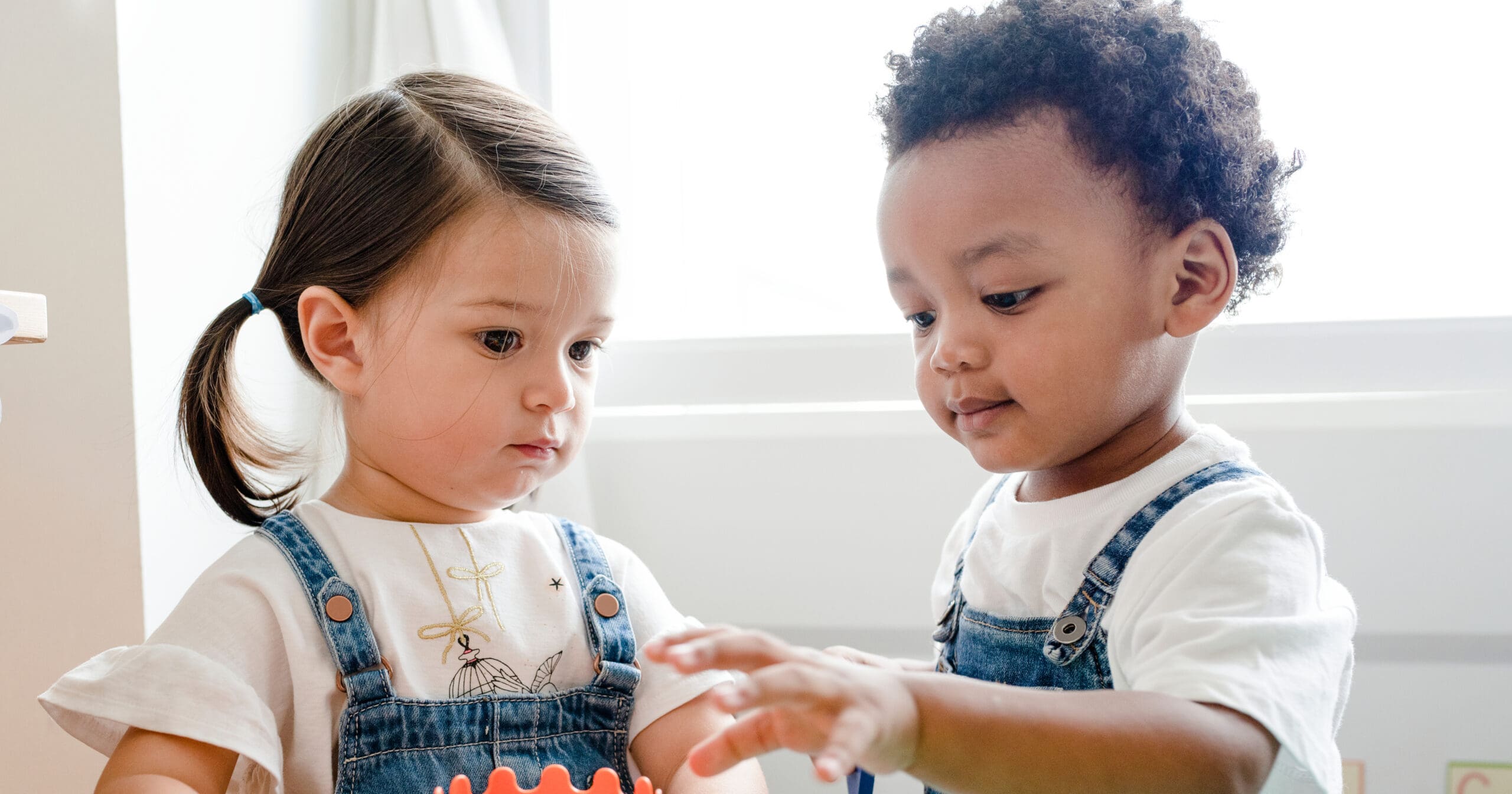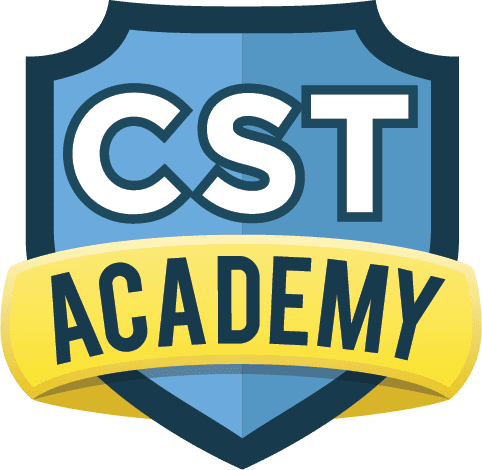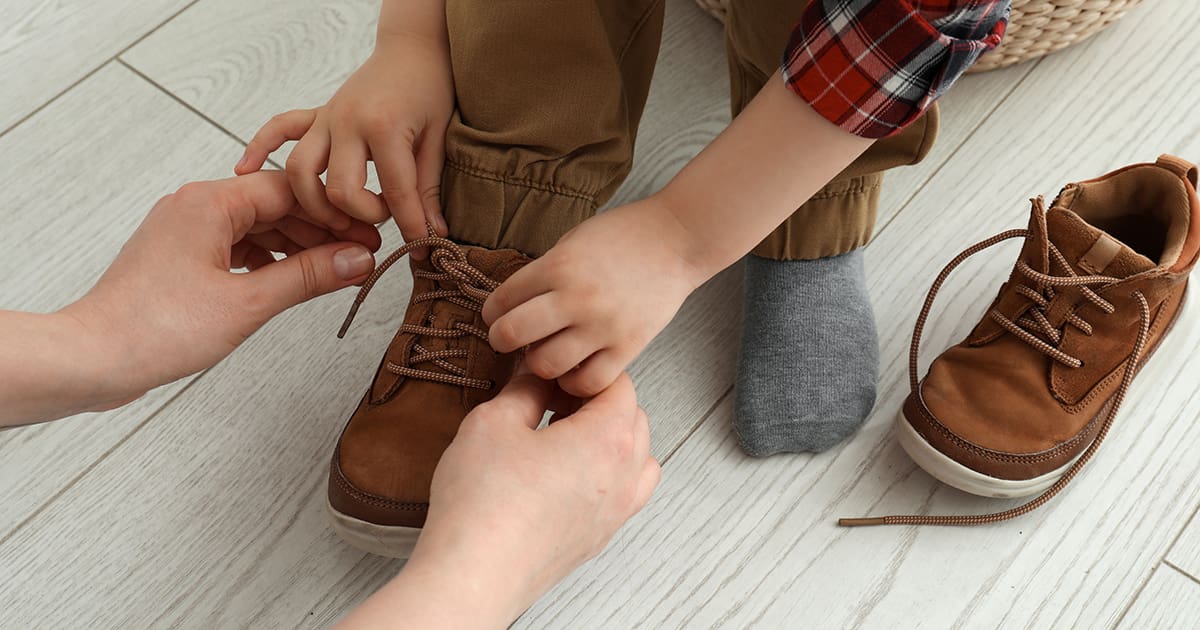Share this Post

What is Pretend Play?
Pretend play, also known as imaginative play, is when children use their creativity to invent scenarios, act out roles, and create stories. Whether pretending to be a chef whipping up a gourmet meal or a teacher instructing “students,” this type of play offers more than just fun—it’s a critical part of childhood development.
For children in therapeutic preschool programs, pretend play takes on an even more significant role. It serves as a bridge to developing essential life skills such as communication, problem-solving, social interaction, and emotional regulation. At CST Academy, we embrace pretend play as a cornerstone of our therapeutic preschool curriculum, helping children with autism or developmental delays reach their full potential.
Why Pretend Play Matters in Child Development
Pretend play is not just about make-believe. It’s a powerhouse for developmental growth. Research shows that imaginative play supports the development of cognitive, social, and language skills. Here’s how it impacts young learners:
1.Enhances Communication Skills
Pretend play encourages children to use language to express thoughts, describe scenarios, and interact with peers. At CST Academy, we observe that when children “order food” at a pretend restaurant or play “doctor” with classmates, they build vocabulary and learn how to structure sentences.
2.Develops Social and Emotional Skills
Role-playing teaches empathy and collaboration. By pretending to be a caregiver or a store clerk, children experience different perspectives. Our therapeutic preschool programs at CST Academy help children practice sharing, turn-taking, and conflict resolution—all in a supportive, fun environment.
3.Fosters Creativity and Problem-Solving
Imaginative play encourages children to think outside the box. When a block tower becomes a castle, or a cardboard box transforms into a spaceship, children learn to adapt and think critically. At CST Academy, we guide children through these moments, providing tools to expand their creativity.
4.Supports Emotional Regulation
Through pretend play, children can process their emotions and learn to navigate challenges. Acting out scenarios like “going to the doctor” or “starting school” helps children rehearse real-life experiences, reducing anxiety and increasing confidence.
How Pretend Play is Integrated at CST Academy
At CST Academy, we recognize the transformative power of pretend play in helping children achieve developmental milestones. Our therapeutic preschool programs are thoughtfully designed to include imaginative play activities that are both structured and child-led.
1.Themed Play Areas
Our classrooms feature imaginative play stations, such as a pretend grocery store, doctor’s office, or kitchen. These areas are carefully crafted to engage children while targeting specific developmental goals like fine motor skills, turn-taking, and verbal communication.
2.Guided Role-Playing Activities
Our expert therapists lead children through role-playing scenarios, offering gentle prompts to enhance language use and social interaction. For example, during a “restaurant” activity, children practice taking orders, counting pretend money, and interacting politely.
3.Group Play to Encourage Peer Interaction
Social interaction is a key focus at CST Academy. Through small group activities like puppet shows or “community helper” games, children learn to collaborate, listen to others, and build relationships.
4.Individualized Support
Each child at CST Academy has unique needs and goals. Our therapists incorporate pretend play into one-on-one sessions, using tools like dolls, playhouses, or action figures to practice communication, problem-solving, and emotional regulation.
The Science Behind Pretend Play in Therapy
Pretend play isn’t just fun—it’s backed by science. Studies have shown that imaginative play can increase language acquisition by up to 50% in children with developmental delays. It also improves executive functioning, which includes skills like planning, memory, and focus. At CST Academy, we harness these benefits through evidence-based strategies and individualized care.
CST Academy: Leading the Way in Pretend Play Therapy
At CST Academy, we’re not just a therapeutic preschool—we’re a community where children thrive. Our pretend play programs are more than activities; they’re opportunities to unlock each child’s potential. Here’s why families trust us:
- Expertise in Child Development: Our team includes therapists with extensive training in speech, occupational, and physical therapy.
- Individualized Approach: We tailor every activity, including pretend play, to meet your child’s specific needs.
- Support for Families: We partner with families to extend the benefits of pretend play into the home, offering resources and strategies to practice these skills in everyday life.
How to Encourage Pretend Play at Home
Parents play a vital role in supporting pretend play. Here are a few tips to create opportunities for imaginative play at home:
- Set Up Simple Play Stations: A box of costumes, toy kitchen sets, or even everyday objects like empty cereal boxes can inspire creativity.
- Join the Fun: Get involved by playing roles alongside your child. Pretend to be a customer in their “store” or a patient in their “clinic.
- Praise Creativity: Encourage your child by celebrating their imagination. Use positive language to acknowledge their ideas and efforts.
- Provide Story Prompts: If your child struggles to start, offer simple prompts like “Let’s pretend we’re going on a camping trip. What do we need to pack?”
The CST Academy Difference
Pretend play is a gateway to growth, and at CST Academy, we’re proud to lead the way in integrating it into therapeutic preschool programs. Through creative and compassionate guidance, we empower children to develop the skills they need to succeed in school and life.
If you’re looking for a therapeutic preschool program where your child can thrive, contact CST Academy today. Let’s unlock their potential—together.
Discover Our Pediatric Therapy & Autism Care
ABA Therapy
Support for children with autism.
Diagnostic Evaluation
Expert assessments to identify child needs.
Pediatric Therapy Services
Speech, Occupational, Feeding, and Physical Therapy.
Therapeutic Preschool & Kindergarten
A classroom environment designed for early learners with unique needs.

How CST Academy Uses Pretend Play in Therapeutic Preschool Programs
Building Social, Emotional, and Communication Skills Through Imaginative Play
Pretend play in therapeutic preschool programs isn’t just fun—it’s a powerful tool for developmental growth. At CST Academy, our therapeutic preschool integrates imaginative play into daily routines to support language development, emotional regulation, and peer interaction. With a play-based, child-centered approach, we help children build essential skills in a nurturing environment designed to foster confidence and creativity.

Find the Best Care for Your Child




